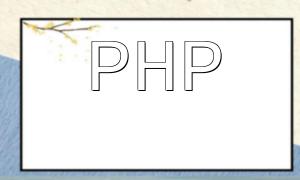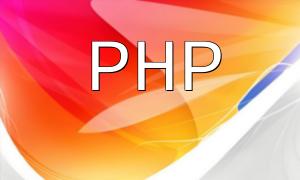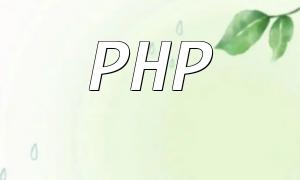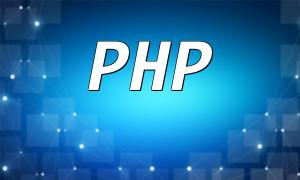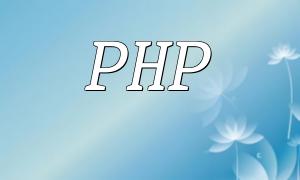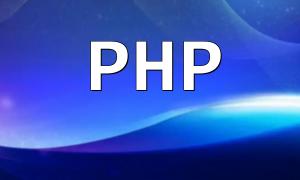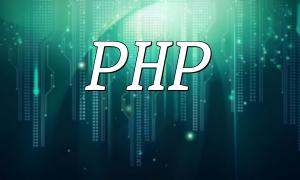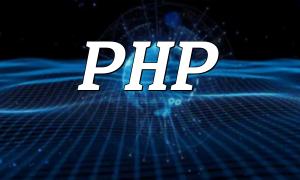The combination of PHP and Git has become an indispensable toolset in modern software development. PHP, as a popular backend development language, paired with Git’s version control capabilities, significantly improves team collaboration efficiency, optimizes development workflows, and ensures code quality. This article dives into the advantages of using PHP with Git and shares some best practices to help developers better manage code and versions.
Git, as a distributed version control system, provides reliable version tracking for code management. It allows developers to create branches for isolated development and easily merge changes when needed. With Git’s version history, developers can trace the evolution of code, locate bugs, and revert to previous versions, greatly benefiting team collaboration.
By integrating PHP projects with Git, teams can manage code changes more effectively. For example, Git allows developers to easily switch between branches for parallel development, and PHP CLI tools like artisan tinker can also integrate with Git to help developers directly operate the code repository from the console.
Git connects team members and fosters efficient collaboration. Developers share code changes via push and pull requests and conduct code reviews. Git’s built-in commenting functionality also facilitates communication within the team, ensuring code quality and consistency.
// Create dev branchIntegrating PHP with Git enables automated deployment processes. By using continuous integration tools like Jenkins, developers can automate build and deployment pipelines, ensuring that every code submission is tested and validated before being deployed, thus enhancing release efficiency and quality.
// Define build pipelineThe combination of PHP and Git is a powerful tool for collaborative code development. With version control, team collaboration, and automated deployment, developers can manage code evolution more efficiently, promote teamwork, and ensure code quality. By following best practices, teams can fully leverage this combination to optimize development workflows and deliver high-quality code.
